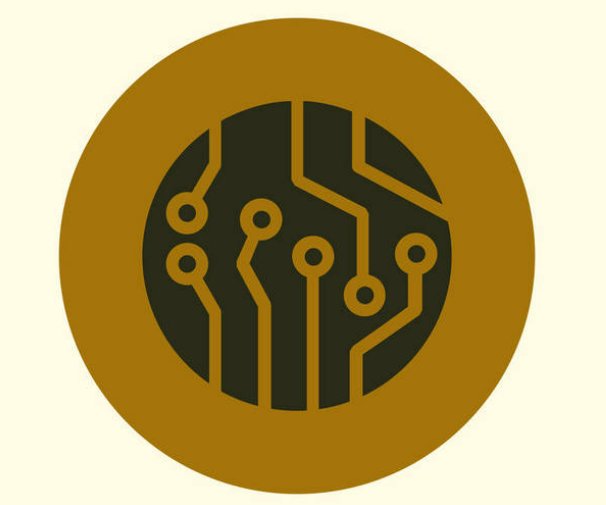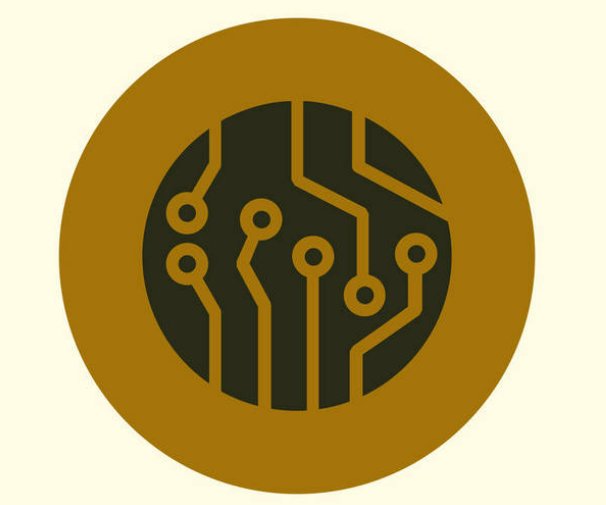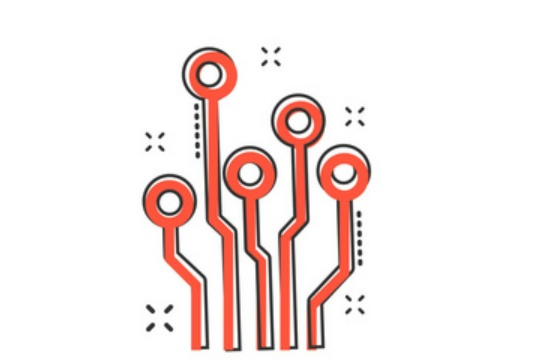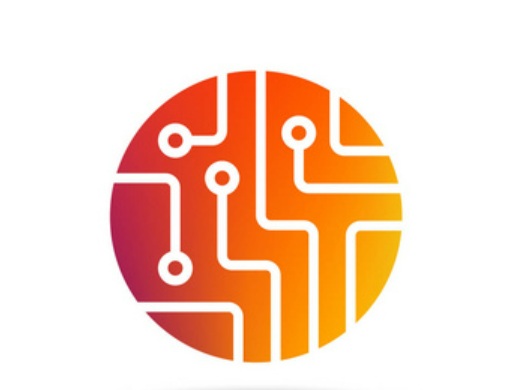
Copper coated plate is a kind of rigid insulating material covered with copper foil, which is mainly used to process PCB circuit boardwith conductive function, and is the main raw material for making PCB.
PCB circuit board material can be divided into several types?
1. According to the different insulating layer materials (also called reinforcement materials) of the board, it can be divided into the following types:
1. Cardboard: the reinforcing material of the middle layer is mainly poor phenolic resin, the material of the board is poor, and the flame retardant level is HB or VO.
2. Composite substrate: the reinforced material of the middle layer is epoxy resin cellophane. The material material of the board is better than that of the paper base, but it is worse than the fiber material.
3, fiberboard: the middle layer of reinforcing material with better epoxy resin, board material is more commonly used, and can meet the general requirements of electronic products, is now the most used board. Flame retardant level is V0.
Two, according to the flame retardant grade can be divided into 94V0 and 94HB two kinds.
3. According to other special types of PCB materials, there are:
Halogen-free material: refers to the copper clad plate that does not contain halogen (fluorine, bromine, iodine and other elements) in the material. Because bromine will produce toxic gas when burned, it does not meet the current environmental protection requirements. Therefore, for some products with high requirements, some PCB circuit boards exported to foreign markets have halogen requirements.
High Tg material: the so-called Tg value, now electronic products require the circuit board to be resistant to high temperature, at a certain temperature, the circuit board can not burn, can be softened, the softening temperature is called glass conversion temperature (Tg value), this value is related to the dimensional stability of the circuit board.
Generally, the Tg value of the circuit board without special explanation is 135 degrees, and the high Tg material is divided into 150 degrees and 170 degrees.
Common problems and elimination methods of copper plating on PCB circuit board
At present, domestic electroplating is becoming more and more advanced. Bright copper plating takes copper sulfate and sulfuric acid as the basic components, and introduces appropriate additives or other brightening agents to improve the technological characteristics of the plating solution and directly obtain mirror bright copper layer [1]. It is widely used for decorative multilayer plating intermediate layer and copper plating layer of printed circuit board, without mechanical polishing. However, sometimes in production there will be coating is not bright phenomenon. There are a number of factors contributing to this,

The common copper sulfate and sulfuric acid used in the new plating solution are not pure, such as the mass fraction of industrial sulfuric acid is more than 92.5%, containing a lot of iron and organic impurities, if not processed, plating will make the coating is not bright. Even with reagent grade sulfuric acid, this can happen if left untreated, because copper sulfate is also more or less impurity. Before adding sulfuric acid, H2O21~2mL/L with 30% mass fraction and activated carbon 0.5~1.0g/L can be added into dissolved copper sulfate solution (pH 4) for combined treatment. Remove iron impurities by using the property that the hydroxide of ferric trivalent is easy to precipitate; Adding activated carbon adsorption can eliminate the influence of organic impurities at the same time. So you start plating, and you get a bright copper layer.
The plating bath produced by long-term use of metal and organic impurities will accumulate more and more, obviously, the plating bath is not pure. If regular treatment is not done according to the technical requirements, when the mass concentration of iron impurities reaches more than 10g/L, the current efficiency and brightness of the coating will decrease significantly. For example, the current of a plating tank in a factory is not big, the coating is thin and not bright, and the corners of the plating parts are easy to burn, which once could not be produced normally. The author suggested sampling and analysis, but due to the high concentration of iron in the solution, the data could not be displayed because it interfered with the end point of the analysis of copper sulfate and sulfuric acid, so the analysis of iron ion was as high as 40g/L. According to the observation, the color of the plating solution is light. In the case of confirming the mass concentration of each component in the plating solution is low, 40g/L copper sulfate and 15g/L sulfuric acid are added to reduce the influence of iron impurities; Then the plating bath was restored to normal and the bright copper layer was plated.
The consumption of brightener in acid bright copper plating solution is related to many factors, such as the type, shape, surface state of the workpiece and the concentration of inorganic and organic impurities and copper sulfate in the plating solution. Especially because of insufficient Cl-, it is difficult to obtain bright coating with good levelling even if the brightener is in normal range. When the mass concentration of Cl- is too high, the consumption of brightener will be accelerated.
In the plating solution used for a long time, a part of the brightener is consumed with the removal of the workpiece and the inclusion of the coating. Some will break down into organic impurities; Some of them remain in the plating solution and change the composition of the brightener itself. These conditions may affect the brightness of the coating, resulting in coating defects. In addition to the use of brightener according to the instructions used in the production, but also strive to accurately grasp the consumption of brightener, and pay attention to the accumulation of experience and careful observation, the use of less frequent method in time to supplement brightener, in order to keep brightener constant in the plating solution.
Excellent brightening and leveling, small brittleness of coating; High allowable current density, high cathode current efficiency, fast plating speed; No complexing agent, little ammonia nitrogen content, simple wastewater treatment; This process has become the mainstream process of cyanide-free copper plating and has been widely used. Especially in plastic electroplating, indispensable. It is expected that in a long time, it will be difficult to replace other copper plating processes.







